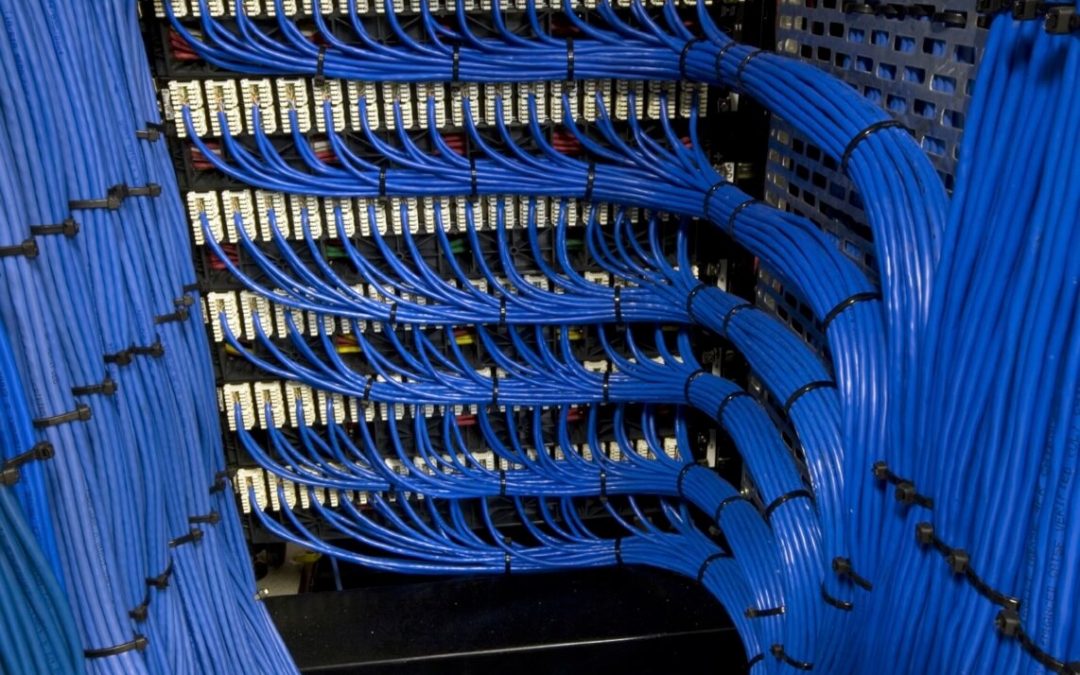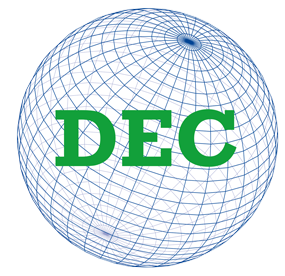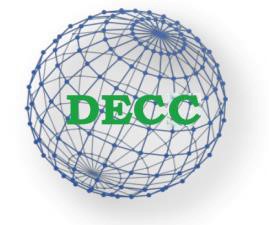Our Locations
Find out moreSTRUCTURED CABLING

Structured Cabling usually ends up involving miles of cabling, which keeps your communications keeps running which all of your business activities rely upon. Any cable issues will impact your voice and data communications which can be costly and impact your business processes and employee productivity. By having us install a standard compliant structured cabling system, much of this downtime can be effectively eliminated.
We specialize in helping your organization with any Structured Cabling solutions whether it’s a government facility, a business or an education building. There is no job too big for us and no job too small.
Real World Structured Cabling Applications
Whether you have a business, work for the government or you work in education, structured cabling is an important part of your operations. Your network is pretty much the central nervous system of your operation and you need to make sure it’s wired correctly and well organized. It’s one of the most important and often overlooked and underestimated priorities of your organization and we’re here to help
- We will wire a data center, office or building for data or voice communications
- We can reduce costs through each phase of its life cycle: installation; moves, adds, and changes; maintenance and administration.
- Inferior cabling systems are the cause of up to 70% of network downtime and by installing a standards compliant structured cabling system much of this downtime can be effectively eliminated.
- Documentation of your cabling will reduce the time it takes to modify the original installation, minimize network downtime, increase the life of a cabling and reduces the number of technicians needed to handle problems.
- Our team will help you develop a Network Management system you can use to manage all of your cable to make life easier in the future.
Structured Cabling
Structured Cabling is a set of standards that determine how to wire a data center, office or building for data or voice communications, typically using Category 5 or Category 6 cable and modular sockets. These standards define how to lay the cabling in a star formation, such that all outlets terminate at a central patch panel.
cabling in a star formation, such that all outlets terminate at a central patch panel (which is normally 19-inch rack-mounted), from where it can be determined exactly how these connections will be used. Each outlet can be ‘patched’ into a data network switch (normally also rack mounted alongside) or patched into a ‘Telecom Patch Panel’ which forms a bridge into a private branch exchange (PBX) telephone system, thus making the connection a voice port.
Lines patched as data ports into a network switch require simple straight-through patch cables at the other end to connect a computer. Voice patches to PBXs in most countries require an adapter at the remote end to translate the configuration on 8P8C modular connectors into the local standard telephone wall socket. In the U.S., no adapter is needed, as the 6P6C plug used with RJ11 telephone connections is physically compatible with the larger 8P8C socket and the wiring of the 8P8C is compatible with RJ11.
It is normal to see different color patch cables used in the patch panel to help identify which type of connection is being carried, though the structured cabling standards do not require this, except in the demarcation wall field.
The standards demand that all eight connectors in the Cat6 cable are connected, resisting the temptation to ‘double-up’ or use one cable for both voice and data. This is generally a good thing as it means that they fully support features such as Power over Ethernet which require the so-far unused brown cables.
Key ComponentsKey components of the Structured Cabling design include the entrance facility, main equipment room, backbone cable, backbone pathway, Intermediate Distribution Frame (IDF), and horizontal distribution system. We can show you how to develop an online inventory and management system that will let you take control of these critical infrastructure resources.
New buildings require voice, data, and video wiring and electro Dammam Engineering Contracting facilities within the building to support the newest forms of telecommunications. A series of standards has been developed to provide guidance in designing new buildings and remodeling older facilities.
The list of facilities that need to be taken into consideration are building entrance facilities, entrance wiring closets, floor wiring closets protection and grounding, backbone raceways, horizontal raceways, backbone wiring, and horizontal wiring. A more definitive document exists, which identifies the considerations and options for architectural and engineering areas supporting telecommunications within a building. The document should be used for design activities, as the following material is a summary.
Why Document Your Cabling?Your network is one of your company’s most valuable assets. It’s the central nervous system of your organization and it’s growing along with your network management problems. Your challenge is to harness the power of exploding technology and make it work for you. Every minute spent tracking data, reconfiguring your cable or searching for the source of a problem means loss of time and productivity and loss of profit. Cable documentation can help maintain the integrity of the network by tracking the continuity through equipment, patch cords, cross-connects, connectors, cables, and outlets. It encompasses the design and maintenance of the cable. Cable documentation can be an ally against the ravages of system downtime, giving you the power to configure your cable so you have fewer network problems. Cable documentation can:
- Reduce the time it takes to modify the original installation
- Minimize network downtime
- Increase the life of a cabling
- Reduces the number of technicians needed to handle problems
Let us work with you to develop a Network Management system you can use to manage all of your cable, including all the connectivity, connectors, pathways, and device relationships to truly visualize and understand your network’s infrastructure. Let’s get started today.

